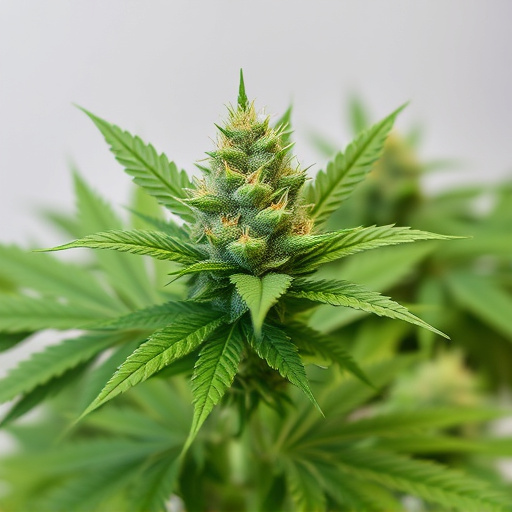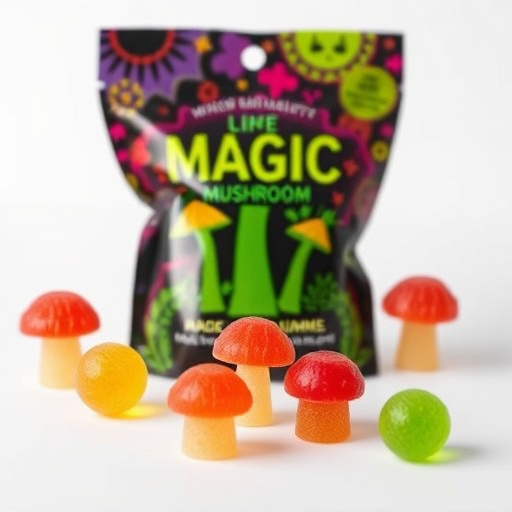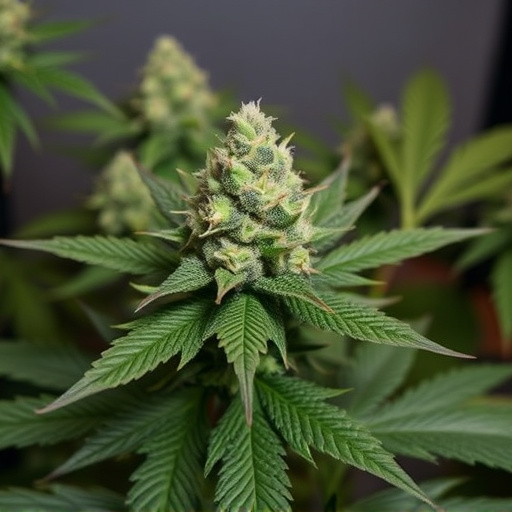Medical marihuana strains vary widely in cannabinoid profiles, offering tailored therapeutic benefits for diverse conditions. High-THC strains manage pain and anxiety while low-THC/CBD varieties treat inflammation and neurological disorders. Indica breeds promote relaxation and sleep, while Sativa boosts energy and cognitive function. Hybrid strains provide balanced relief. CBD-rich strains alleviate chronic pain and multiple sclerosis without psychoactivity. THC aids nausea and appetite loss in chemotherapy patients. Legal hurdles exist but evolving public perception and research drive policy changes, promising expanded access to medical marihuana strains and progressive prescribing practices.
“Unveiling the transformative potential of cannabis flower, this comprehensive guide explores its medical uses and the growing acceptance of medical marihuana strains worldwide. From understanding the diverse varieties and their unique benefits to examining targeted relief for specific conditions, we delve into the science behind cannabis. Additionally, we navigate the legal landscape and discuss future prospects, shedding light on how medical marihuana strains are revolutionizing healthcare. Embrace a new perspective on this ancient plant.”
- Understanding Medical Marijuana Strains: The Varieties and Their Benefits
- Cannabis Flower for Specific Medical Conditions: Targeted Relief
- Navigating Legalities and Future Prospects in Medical Marihuana Use
Understanding Medical Marijuana Strains: The Varieties and Their Benefits

Cannabis flower, often referred to as medical marijuana, comes in a wide array of strains, each with unique chemical profiles and therapeutic benefits. Understanding these varieties is key to harnessing their potential for various medical conditions. Strains differ primarily in their cannabinoid content, particularly THC (tetrahydrocannabinol) and CBD (cannabidiol), offering distinct effects and applications. High-THC strains are known for their psychotropic properties, useful for managing pain, nausea, and anxiety, while low-THC or CBD-rich varieties provide more subtle effects, making them popular for treating inflammation, insomnia, and certain neurological disorders without the mind-altering side effects.
The benefits of specific medical marijuana strains are vast. For instance, Indica strains are often sought after for their calming and relaxing properties, aiding in stress relief and promoting better sleep. Sativa strains, on the other hand, boost energy levels and cognitive function, making them beneficial for patients with chronic fatigue or conditions like multiple sclerosis. Hybrid strains, combining traits of both Indica and Sativa, offer a balanced approach to treating diverse symptoms. Moreover, specific cannabinoids present in different strains interact with the body’s endocannabinoid system, targeting various physiological processes, which contributes to their varied therapeutic applications.
Cannabis Flower for Specific Medical Conditions: Targeted Relief

Cannabis flower, with its diverse chemical profiles and unique compounds like THC and CBD, offers targeted relief for specific medical conditions. Medical marihuana strains are often bred to maximize therapeutic benefits tailored to individual needs. For instance, high-CBD strains are popular among patients seeking pain management without the psychoactive effects of THC. These strains can alleviate symptoms associated with chronic pain, multiple sclerosis, and epilepsy.
On the other hand, medical marihuana strains rich in THC have shown promise in treating conditions like nausea and appetite loss, common side effects often experienced by cancer patients undergoing chemotherapy. Additionally, THC’s anti-inflammatory properties make it valuable for managing inflammatory conditions such as arthritis and fibromyalgia. The use of cannabis flower in medicine continues to evolve, with ongoing research uncovering new potential therapeutic applications for these specialized medical marihuana strains.
Navigating Legalities and Future Prospects in Medical Marihuana Use

Navigating the legal landscape of medical cannabis is a complex task, as regulations vary widely across different regions and countries. This complexity can make it challenging for patients to access potential therapeutic benefits, especially when seeking specific medical marihuana strains tailored to their needs. However, evolving public perception and increasing scientific research are driving progressive changes in policy worldwide.
The future of medical marihuana looks promising, with promising prospects for expanded access and increased understanding of its diverse applications. As more studies explore the therapeutic potential of various cannabis strains, healthcare professionals may gain valuable insights into their efficacy for treating a range of conditions. This, in turn, could lead to more informed prescribing practices, further legitimizing medical marihuana as a valuable addition to modern medicine.
The medical uses of cannabis flower, particularly its diverse strains, offer promising targeted relief for a range of conditions. Understanding the unique benefits of different strains is key to navigating this evolving landscape. As legalities continue to shift, further research and access to these powerful natural remedies hold significant potential for improving lives. Medical marihuana strains are not just a treatment option; they represent a new frontier in healthcare.














